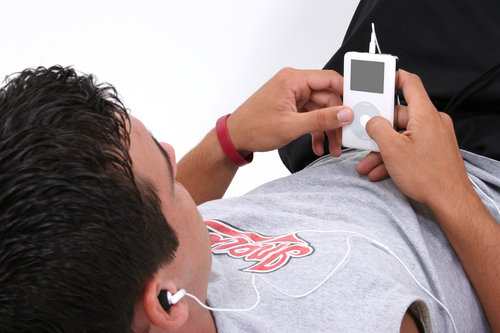-
About
- About Listly
- Community & Support
- Howto
- Chrome Extension
- Bookmarklet
- WordPress Plugin
- Listly Premium
- Privacy
- Terms
- DMCA Copyright
- © 2010-2025 Boomy Labs

 Meagan Hollman
Meagan Hollman
Listly by Meagan Hollman
The pharmacology classes at Utah nursing colleges require students to memorize hundreds of medications and drug information, including possible side effects and how drugs interact with each other. This can be a daunting challenge. Try using some of these tips at your next pharmacology study group.

Purchase or make your own. Write down both the drug and brand names on one side of a note card and all of the information related to the drug (such as dosage) on the other. Carry these flashcards with you everywhere and study them every chance you get—on the bus traveling to the Utah nursing college campus, waiting in line at the store, etc.

Trying to memorize 100 different medications at one time can be overwhelming. Try memorizing only a few per day, taking care to review the previous day’s drugs before learning new ones. The trick is to review the information over and over again so it sticks with you.

If you need to learn the common drugs for a certain disease, like Alzheimer’s, come up with an acronym you can remember, such as C.A.R.E. (Cognex, Aricept, Razadyne and Exelon).

Grouping is a very effective way to help you learn associations. If two drugs share the same adverse side effects, group them together to help you remember.

Associating pictures with certain drugs can help you remember the drug’s uses. For example, Cognex is a medication used to treat Alzheimer’s, a brain disease, so draw a little brain. Add details to the picture, like letters or actions, to help you recall how the drug functions. At a Utah nursing college, you should learn these tips.

Record class lectures and even yourself, reading off a list of medications and their functions, and listen to them repeatedly. It’s just like putting your favorite song on repeat until you can sing along with the words. Repetition is the key here. Convert the audio into an MP3 to download onto your iPod, which you can take to campus with you to listen between classes at your Utah nursing college.
